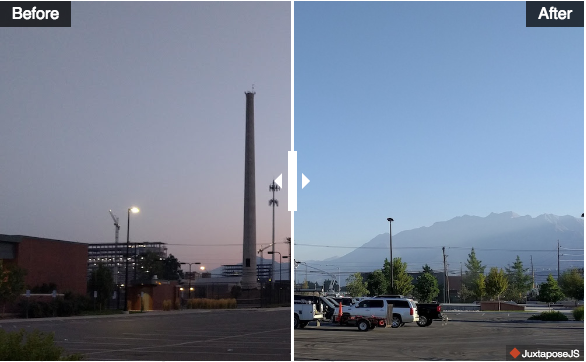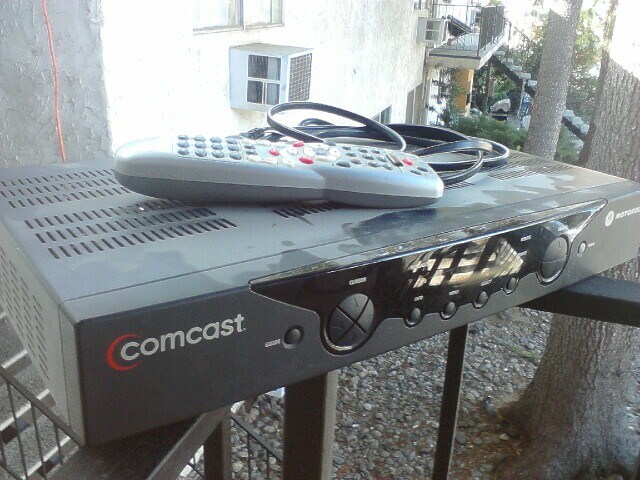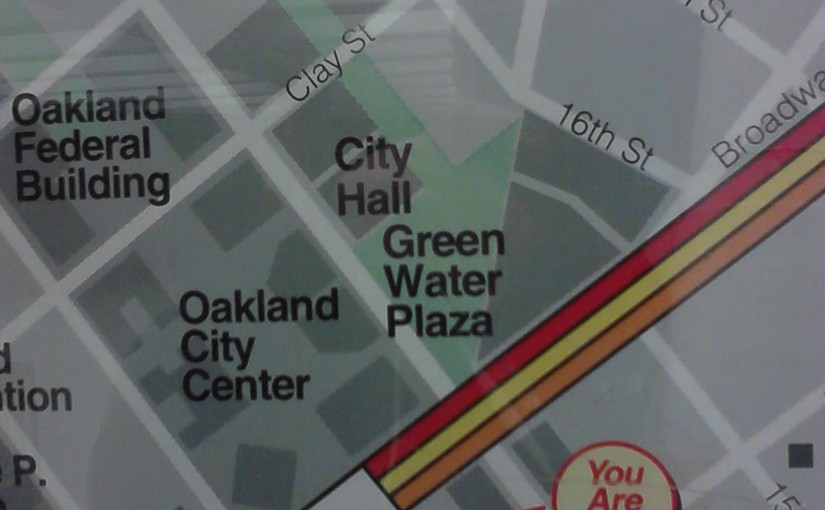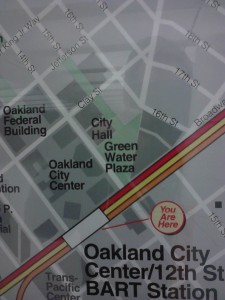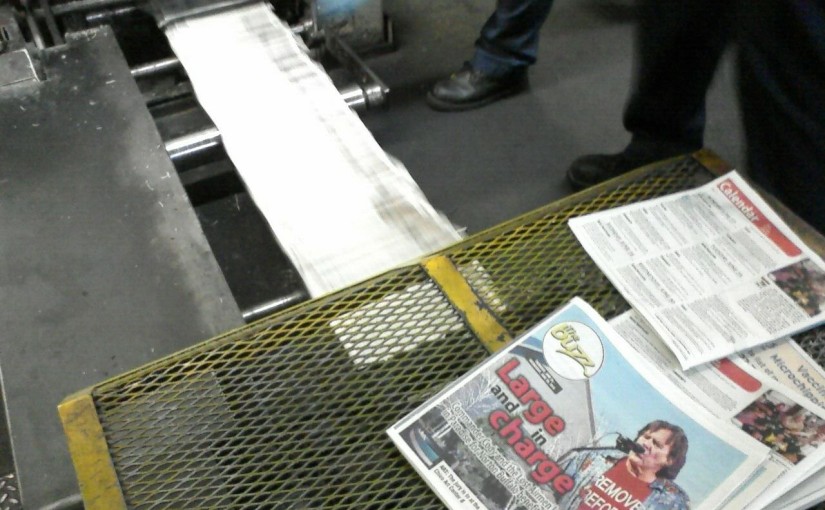The first incarnation of the Apple iPhone was formally released 10 years ago on June 29, 2007. Here’s what I wrote for the Enterprise-Record, published the following day.
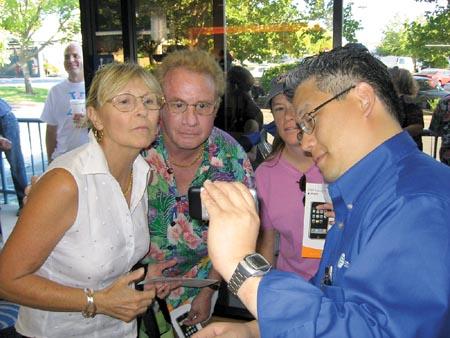
After months of waiting through countless Internet discussions and tempting commercials, scores of north state residents were able to get their hands on the highly anticipated — and hyped — iPhone early Friday night.
Silas Radcliffe, a teacher in Woodland, was eager to start using the iPhone after waiting in line outside the AT&T company-owned store off East 20th Street in Chico for more than eight hours.
“I’m shaking right now,” he said. “I just want to go home and open it.”
The iPhone combines Apple Inc.’s popular iPod music player with an AT&T cell phone and a Web browser into a slim, black device. Unlike nearly all other cell phones, the petite iPhone features just one button with most functions — including text entry — being controlled through a touch-sensitive screen.
Many, including Radcliffe, were eager to use the iPhone’s Web browser — which displays full Web pages, unlike browsers on many other phones.
Although some are leery to buy first-generation electronics, Radcliffe was confident Apple had thoroughly tested the product.
“They had six months to perfect this extensively before it came out,” he said.
Many of the people waiting appeared to be Apple enthusiasts, either publicly working on Apple’s notebook computers or saying they’ve used Macintosh computers for years.
Christopher Price was the first person in line when he arrived at 10 p.m. Thursday. He was covering the launch and the iPhone as editor-in-chief of phonenews.com, a Davis-based Web site that covers the wireless industry. The iPhone has drawn a great deal of visitors to his site.
“The response to the iPhone has just been amazing,” Price said.
Price noted the iPhone has a lot of things in its favor — it builds on the success of the iPod, brand loyalty to Apple and making sophisticated technology easy to use. He said he pictures using the iPhone on a daily basis over the myriad other devices he uses and tests as a part of his job.
Price is also excited about Apple’s ability to easily deliver updates and new features to iPhone customers through new software. It’s a feature that Apple’s phone competitors don’t offer.
“The one thing that stands out with the iPhone is the software,” Price said.
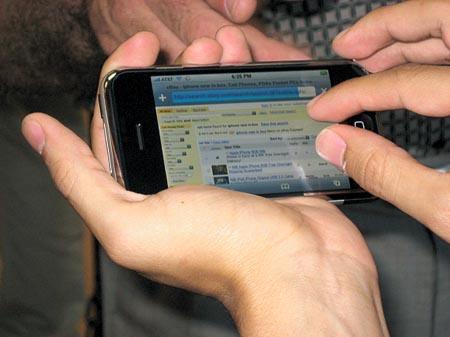
Shortly before the iPhone’s bow at 6 p.m., 57 people had gathered outside the Chico store. It was the only place between Yuba City and Redding where people could immediately buy the device — $599 for a model with eight gigabytes of data storage and $499 for one with four gigabytes. After selling out within 75 minutes, employees told customers they could order the devices — for delivery in two to four weeks. The store will get new shipments, but it was uncertain when.
Friday’s launch was a momentous event for both Apple Inc. and AT&T, formerly Cingular. Fred Devereux, an AT&T vice president and general manager, said the launch was a “historic night” for the industry. He noted the growing crowds ahead of the iPhone’s 6 p.m. launch.
“Almost every store by lunchtime had a dozen people waiting outside our 100 stores in Northern California,” said Devereux, who oversees wireless operations in Northern California and Nevada.
He said the iPhone is going to “revolutionize” the industry by bringing a media player, telephony and Web access into one package, which is also tied into Apple’s iTunes music library software. Devereux said the device is geared for a wide variety of customers — including business professionals, students and homemakers.
As a 17-year veteran of the industry, he’s witnessed the industry grow from a few providers on an analog network to the introduction of digital services. He said the iPhone launch is unprecedented.
“None of that compares to this — to the excitement, to what we’re going to be able to do for customers,” Devereux said.
AT&T is also hoping customers from competing cell phone providers switch to their service as the exclusive provider for the iPhone.
There was at least one “switcher” in line Friday. Jay Coughlin was waiting to buy an iPhone over his service from Verizon Wireless. He used other devices, but is eager to try the iPhone’s Web browser.
“I’m a sucker for the cool things,” he said.
Even before people could get their hands on the device, there were concerns about the speed of accessing the Internet via AT&T’s EDGE data network.
Devereux was positive EDGE would be up to the task after AT&T enhanced the network in preparation for the iPhone. He noted EDGE is also “fortified” by wireless Internet connections. In addition to AT&T’s cellular network, customers can use iPhones on their home and work Wi-Fi networks to surf the Web.
Although there have been initial reports of some sluggishness, EDGE appeared relatively speedy outside the Chico store when Adam Vesely watched a video via YouTube.
After buying the phone, Vesely went straight to his car to activate the device from his laptop computer. Customers buy the phone at stores which are activated through the iTunes software on their personal computers.
With just minutes of iPhone usage under his belt, Vesely said it was a worthwhile purchase.
“It’s absolutely amazing,” he said.
BACKGROUND: In January, Apple Inc. announced the iPhone after years of speculation whether the hardware maker would introduce a mobile phone. The iPhone combines Apple’s popular iPod media player with a cell phone (from AT&T) and a Web browser — for between $500 and $600.
WHAT’S NEW: On Friday, the iPhone went on sale at Apple Stores and AT&T company-owned stores. Locally, the AT&T store off East 20th Street sold out its initial stock within 75 minutes.
WHAT’S NEXT: People can purchase the device online or wait for a new shipment. Time will tell if the iPhone is a success.



